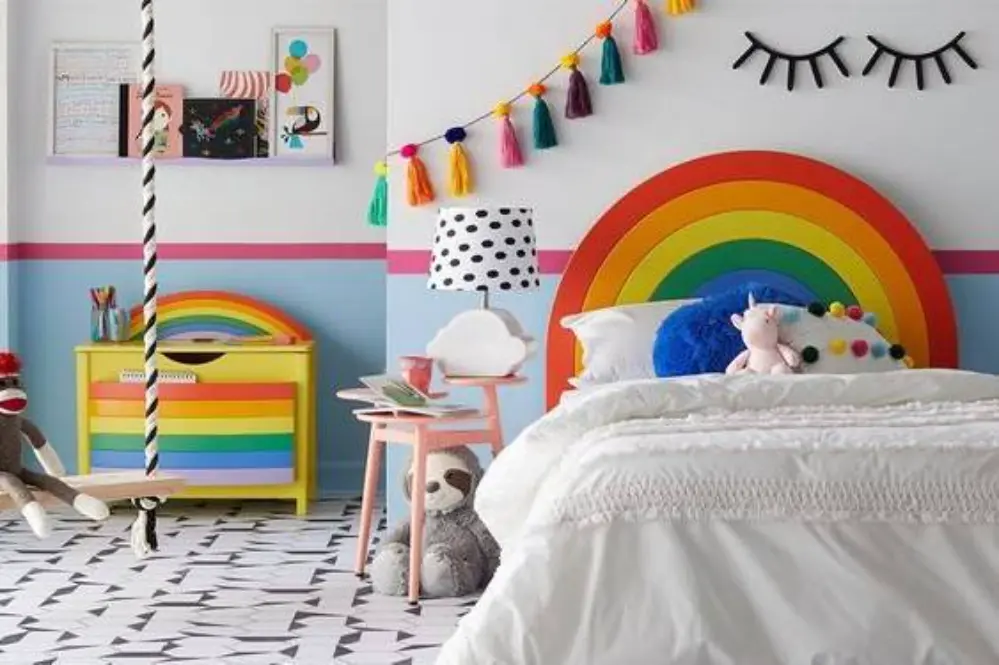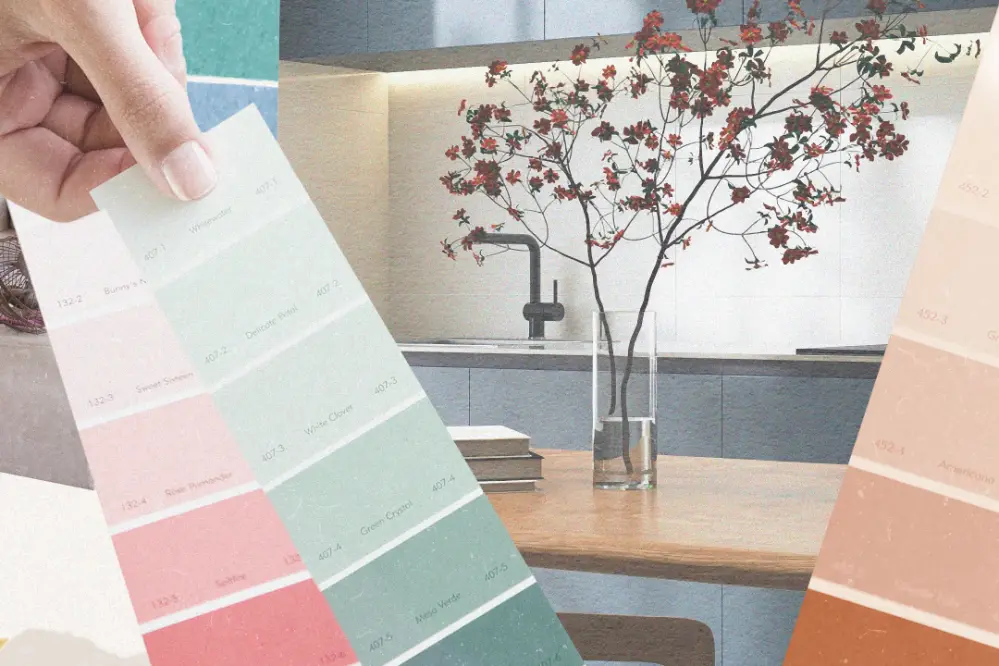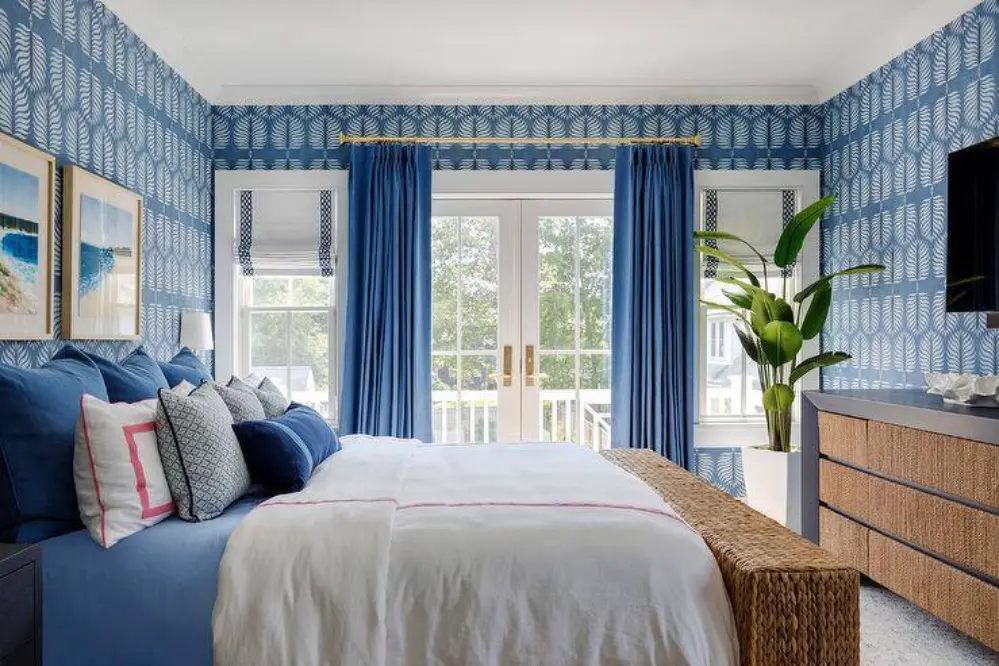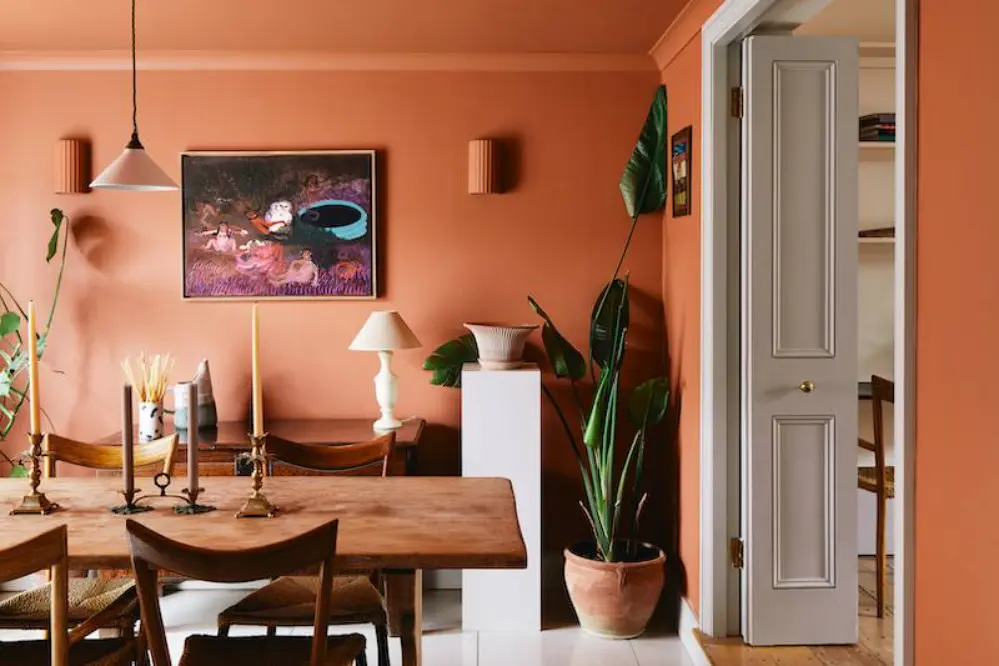The Psychology of Color
Team Avasa • 2023-10-04 • Web Design

Color wields profound influence over mood and behavior, making it a critical tool in interior design. Warm tones like reds, oranges, and yellows stimulate energy and conversation, making them ideal for dining rooms or kitchens.

For example, a terracotta accent wall in a breakfast nook fosters warmth, while mustard throw pillows invigorate a neutral sofa.

Cool tones—blues, greens, and lavenders—promote relaxation. Soft sage green in a bedroom encourages restful sleep, while a navy-blue study enhances focus. Neutrals like beige and gray provide versatility but risk monotony; combat this with textured throws, patterned rugs, or metallic accents.

Dark hues add drama but require balance. A matte black feature wall in a living room paired with gold lighting fixtures exudes sophistication, while deep emerald cabinets in a kitchen feel lush when offset with marble countertops. For small rooms, use dark colors sparingly—paint only the lower half of walls or choose a bold piece of furniture.

